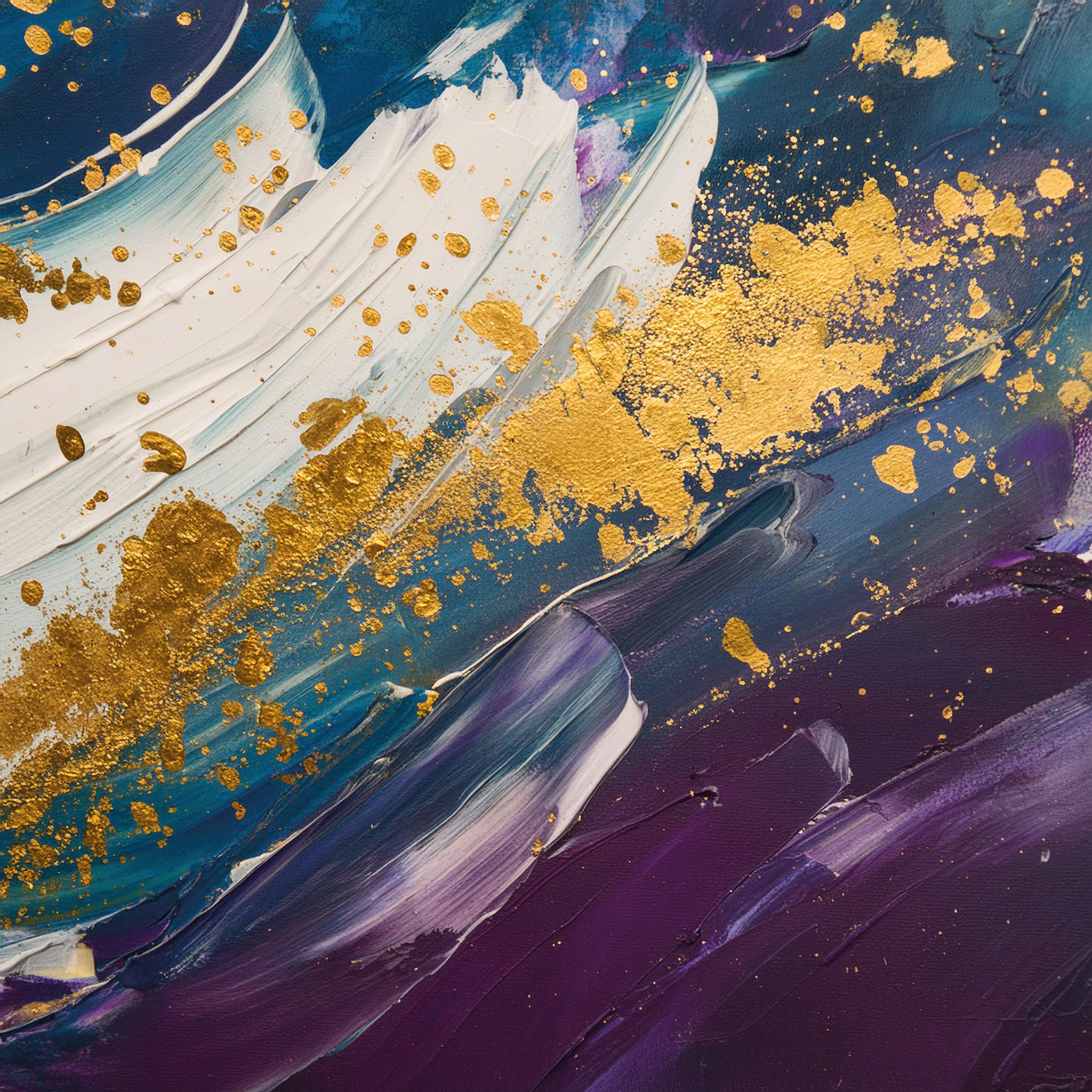Sorry...
The page you requested: sean-jefferson-fairy-tradition-david-messum-fine-art Does not exist. Please check your info and try again!


The page you requested: sean-jefferson-fairy-tradition-david-messum-fine-art Does not exist. Please check your info and try again!
Join us for the Winter Art & Antiques Fair 2024 and be part of London's last important art and antiques fair before Christmas. Attracting collectors, connoisseurs, interior designers and Christmas shoppers alike. We want to hear from you!